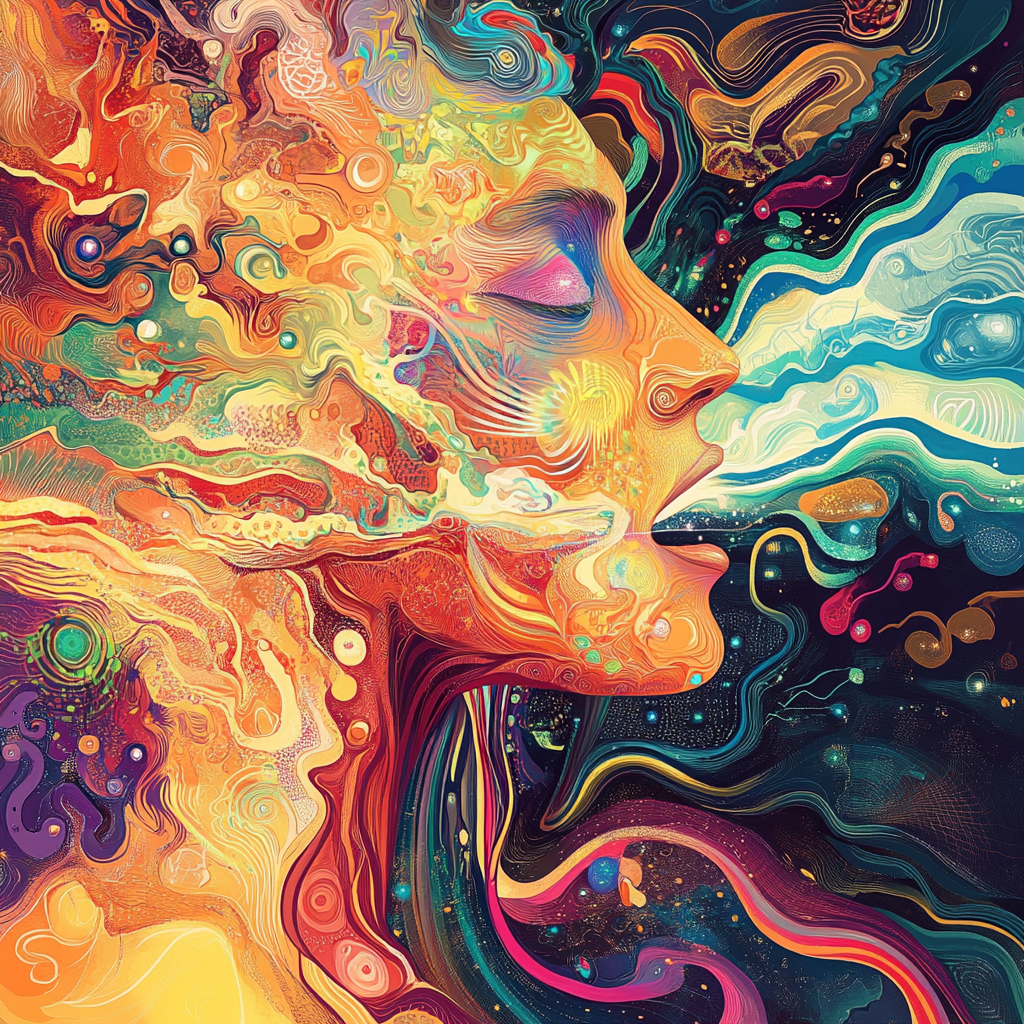Leveraging AI for Smarter UX Workflows and Creative Innovation
Over the past few years, I’ve been exploring how AI can enhance UX design workflows and push creative boundaries. Using tools like ChatGPT, MidJourney, DALL-E, and Replit, I’ve optimized processes, solved challenges, and created systems that combine efficiency with innovation—all while developing advanced prompting techniques to maximize the potential of these tools.
Streamlining UX with ChatGPT
ChatGPT has become an integral part of my UX process. I’ve used it to evaluate designs for flaws, consider established UX patterns, write detailed testing plans, and generate tailored user interview questions based on project requirements. It’s also been invaluable for converting existing content and product documentation into formats better suited for different audiences. By treating ChatGPT as both a collaborator and a tool, I’ve optimized the time spent on repetitive tasks and focused more on design strategy.
AI-Powered Product Labeling and Visuals
In projects requiring product labeling or visual assets, I’ve leveraged MidJourney and DALL-E to create eye-catching designs. These tools have been essential for producing visuals for presentations, inspiring design work, and showcasing the evolving role of AI to colleagues and junior designers. It’s not just about creating visuals but also highlighting how these tools will shape the future of our field.
Creative Inspiration with MidJourney and DALL-E
AI has been a powerful ally in generating design ideas. By crafting specific prompts, I’ve produced unique artwork and UI elements that challenge conventional aesthetics. These outputs serve as starting points, inspiring new directions in projects and presentations.
Simplifying Complex Processes with AI
AI has also streamlined how I handle complex processes. I use tools to analyze long-form content, summarize user feedback, and convert audio into readable transcripts tailored to specific audiences. Additionally, I’ve created process diagrams, feedback frameworks, and other UX documentation that would otherwise take significantly more time to draft.
High-Level Prompting Techniques
Central to my use of AI is the art of crafting precise prompts. Whether I’m asking ChatGPT to simulate a brainstorming session or guiding DALL-E to generate specific visuals, I carefully design prompts to get the most relevant and creative outputs. It’s about understanding how the models think and using that knowledge to bring ideas to life.
Collaborative and Curated Outputs
For me, AI isn’t about outsourcing work—it’s about collaboration. Every AI output I use is curated, edited, and tailored to my needs. Sometimes, I even ask AI tools to act as interviewers, helping me generate content in my own words. This ensures the final output always aligns with my vision and project goals.
By integrating these tools into my workflow, I’ve built a system that’s faster, smarter, and more adaptable. Whether it’s simplifying tedious processes, analyzing user feedback, or exploring entirely new creative spaces, AI has become an essential part of my UX toolkit.
